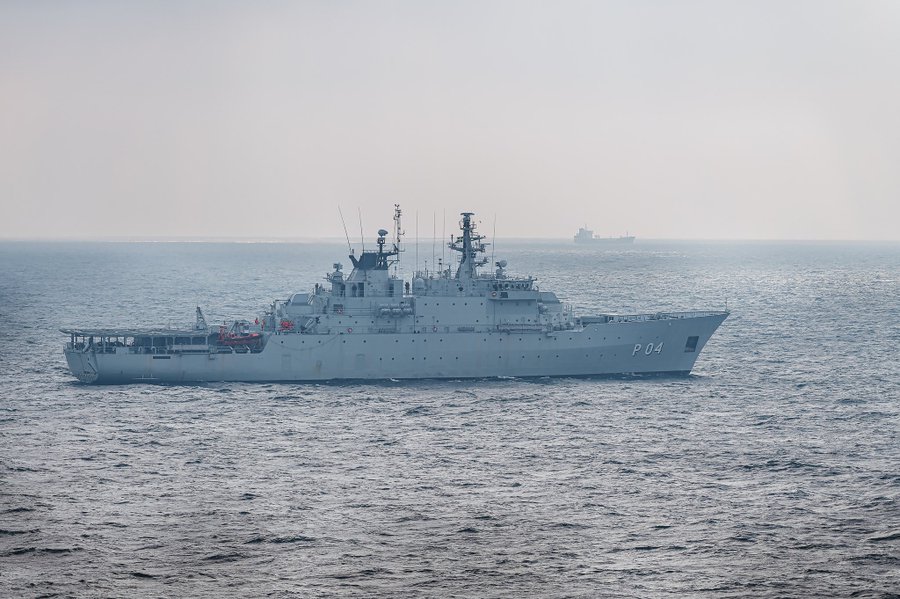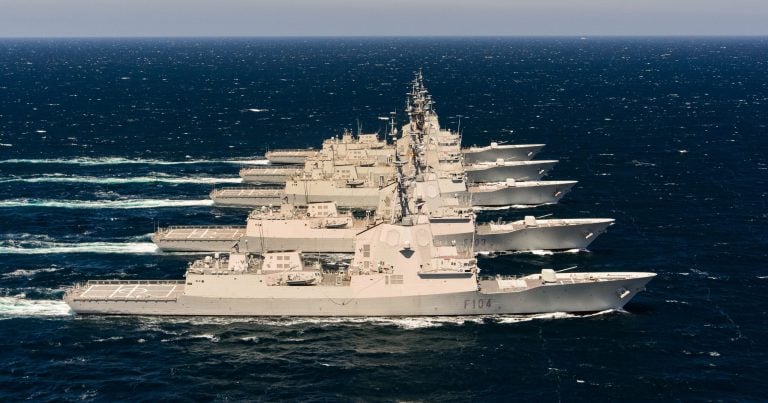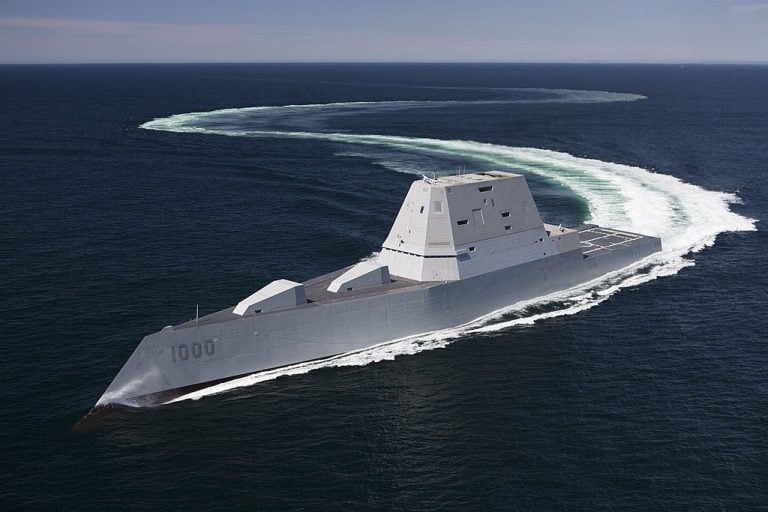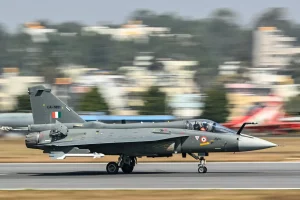Sweden has taken a significant step in bolstering maritime security in the Baltic Sea by deploying the HMS Carlskrona patrol vessel under NATO command. This deployment is a crucial element of the alliance’s Baltic Sentry operation, which was initiated last month with the goal of enhancing security around critical underwater communication cables and pipelines in the region, thereby guarding against potential attacks or acts of sabotage.
The HMS Carlskrona, capable of functioning as a lead ship, offers vital logistical support, including the provision of spare parts, fuel, and the ability to host a helicopter on board. This versatility makes it an important asset to NATO’s naval forces, and it marks the second vessel from Sweden to join the alliance’s operations. Historically, HMS Carlskrona has a proven track record, having participated in two rotations of the EU’s Operation Atalanta, which focuses on countering piracy off the coast of Somalia. During its first mission in 2010, the vessel patrolled Somali waters, outfitted with additional close-range weaponry and an inflatable boat (RIB) designed for rapid boarding of suspected pirate vessels.
The move comes at a time when Sweden is increasingly engaged in NATO’s collective defense initiatives, prompted by rising security concerns in both Baltic and Scandinavian waters. The threats to undersea infrastructure have come into sharper focus following recent incidents. In December of the previous year, damage was reported to the Estlink 2 electricity cable along with four telecommunications cables located in undersea areas between Finland and Estonia. Investigations into this incident revealed suspicions surrounding the Eagle S, an oil tanker thought to be part of Russia’s “shadow fleet” that has been involved in transporting embargoed Russian oil.
Adding to the worries, in November 2024, sections of two telecom cables were severed in Swedish waters, which investigators linked to a Chinese vessel detected passing over the cables at the time. These incidents underscore the vulnerabilities present in the Baltic Sea and the imperative for nations in the region to work collaboratively to safeguard their maritime interests.
Sweden’s commitment to enhancing its naval presence and capabilities is indicative of a broader strategy to deter threats and ensure the security of vital infrastructure in a geopolitical climate fraught with tension and uncertainty. The deployment of the HMS Carlskrona is not only a testament to Sweden’s proactive stance but also a signal to other nations in the region about the importance of collective defense measures within NATO.
















